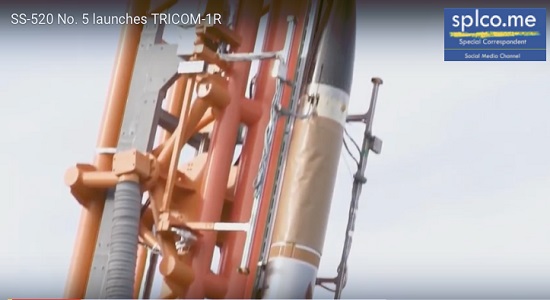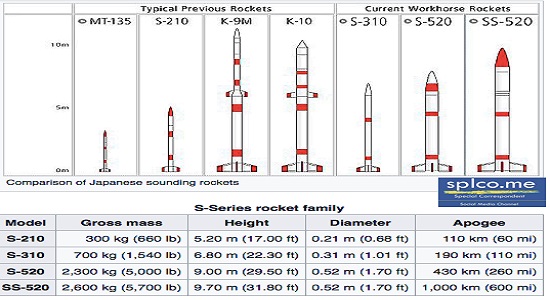A year after its tiny, experimental rocket failed to reach orbit a year ago, the Japanese Aerospace Exploration Agency (JAXA) successfully launched (via Engadget) an experimental rocket into orbit this weekend, the smallest ever to do so.

According to JAXA, the launch was a demonstration experiment, that carried the TRICOM-1R - a three-unit cubesat into lower Earth orbit, where it will observe the Earth with a set of cameras. Now in orbit, JAXA says that its status is “nominal.”
With its successful launch, the SS-520-5 is the smallest rocket to ever deliver a satellite into orbit. The vehicle is a SS-520 sounding rocket that’s been modified with a third stage, which helped bring the satellite into orbit.
The mission is part of a movement in the space industry towards using smaller vehicles to deliver tiny payloads. New Zealand company Rocket Lab successfully launched its first small rocket called Electron last month, delivering four satellites into orbit, including the disco ball-shaped Humanity’s Star.

Small rockets designed to carry small payloads like the Electron and Japan’s SS-520-5 are designed to help bring down the cost to get to orbit, paving the way for small companies that can’t afford to hitch a ride into orbit on rockets from companies like SpaceX, Orbital ATK, or United Launch Alliance.
S-Series is a fleet of sounding rockets funded by the Japan Aerospace Exploration Agency (JAXA) that have been in service since the late 1960s. Manufactured by IHI Aerospace and operated by the Institute of Space and Astronautical Science (ISAS). The nomenclature of the S-Series rockets is the number of "S"s indicates the number of stages, and the following number details the diameter of the craft in millimeters. For example, the S-310 is a single stage rocket with a diameter of 310 mm.
On January 14, 2017, the SS-520-4 rocket (modified sounding rocket) attempted to become the lightest and smallest launch vehicle to send a payload to orbit, however, the rocket failed to reach orbit. A second attempt was made on February 3, 2018. This time, the rocket reached orbit and successfully deployed the TRICOM-1R, a 3U CubeSat. It became the smallest (both in mass and in height) orbital rocket.














